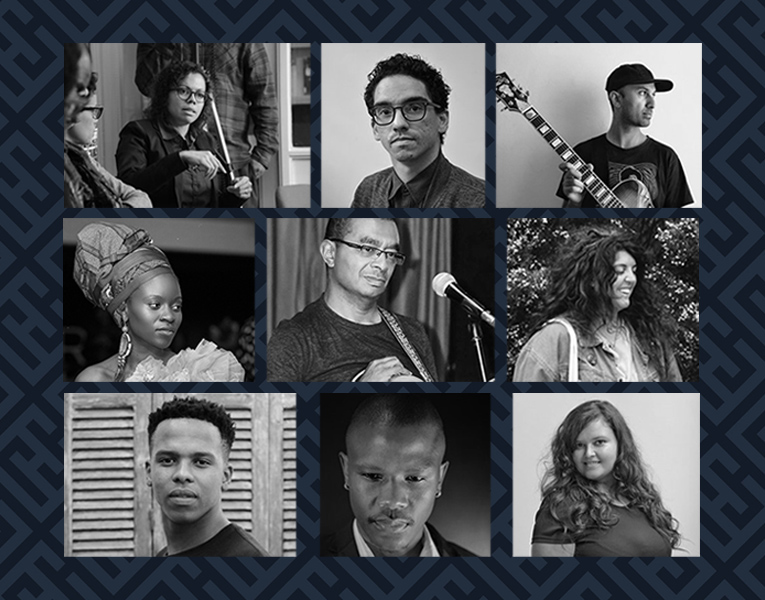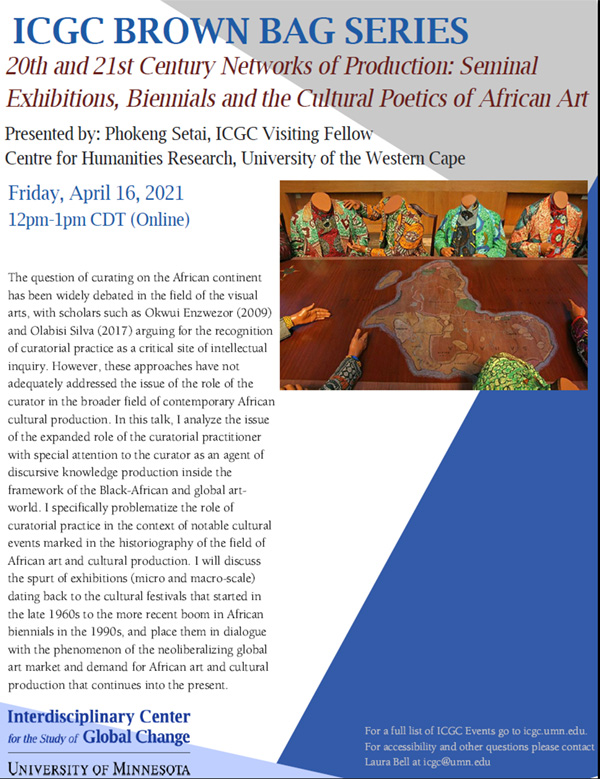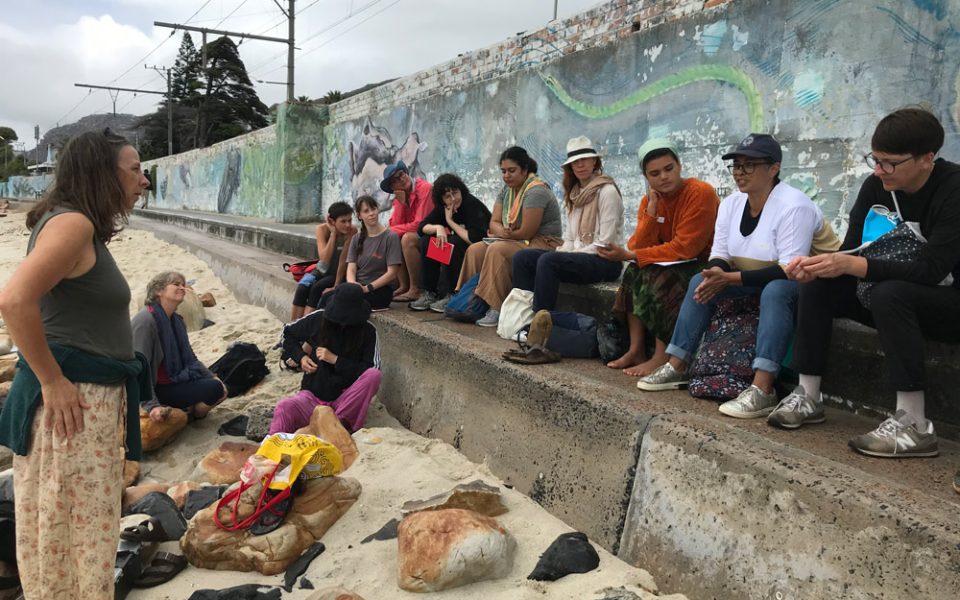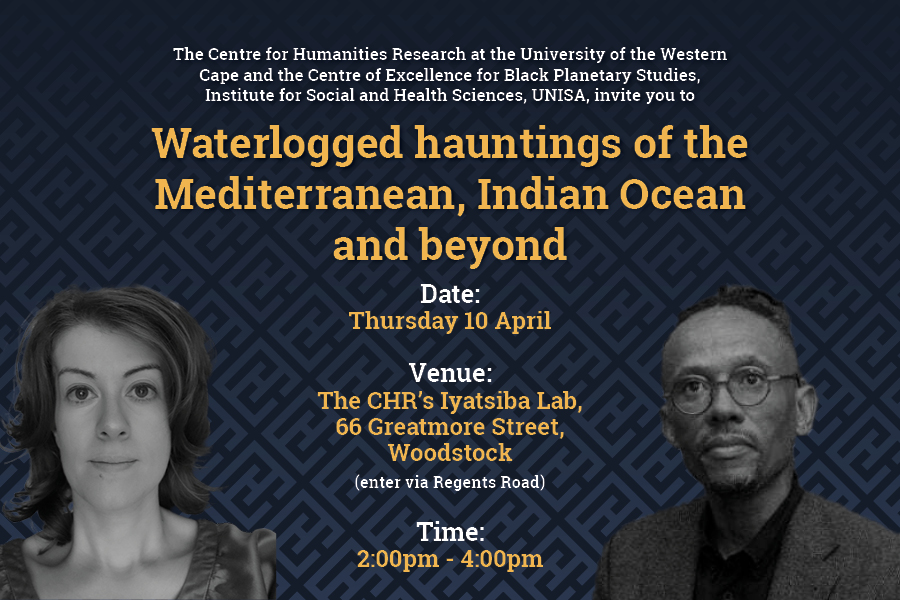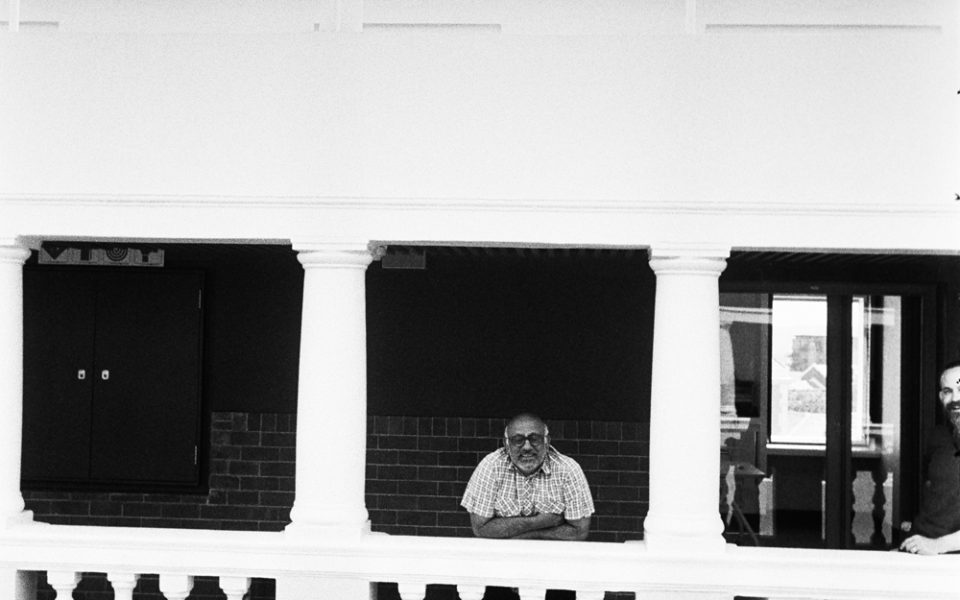Curating in the Dark
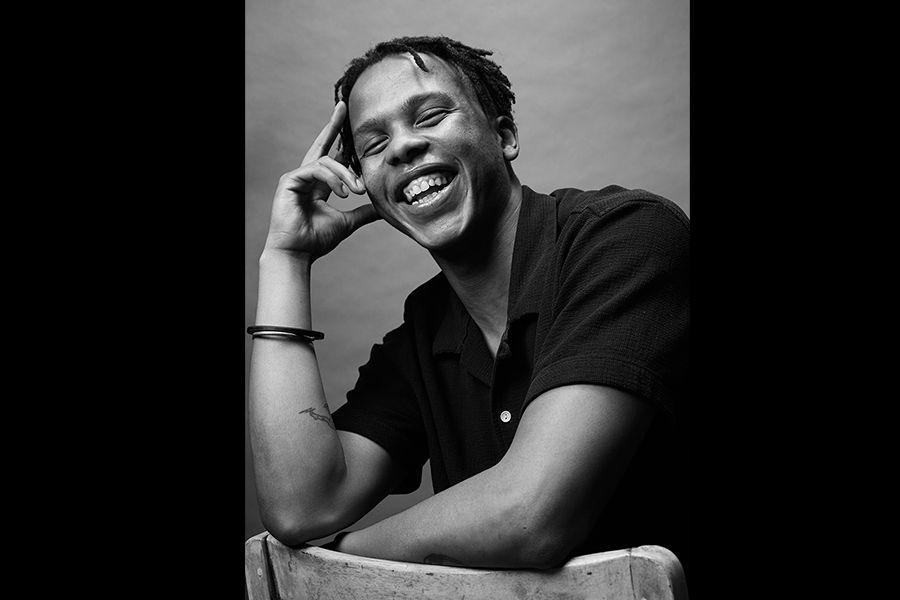
CHR Doctoral Fellow Phokeng Setai was among nine speakers invited to participate in the colloquium BLACK SELF/ a conversation, convened by Ashraf Jamal in partnership with the NIROX Foundation.
Comprising discussions, presentations, and the exhibition of visual artworks, the colloquium centred on entering a conversation about Black Self and its presence in contemporary art. This project is envisioned as a long-term creative and intellectual engagement, with participants being afforded the opportunity of developing their papers into publications distributed by NIROX Foundation in partnership with Art Africa magazine. The colloquium was hosted by NIROX at the newly completed Columba Leadership Residency Campus from 5–7 November 2021, with some participants joining through digital platforms. In the last decade, Columba has produced 7900 graduates from 189 schools. Columba alumni and facilitators attended the event as guests and in support of participants.
Setai is a DSI-NRF Early Career Doctoral Fellow at the CHR, pursuing a PhD in Anthropology. He is also a Virtual Visiting Scholar at the International Centre for Global Change (ICGC) at the University of Minnesota and co-founder of About00Time.
About Setai’s Paper “Curating in the dark: notes on a fugitive concept of Black curation”
The last 40 years have seen an enormous amount of market attention being directed towards the aesthetic practices of Black African artists. This fetishistic appetite for Black cultural production has escalated exponentially in the last decade as we’ve seen a rise in global economic levels of art market speculation anchored in the price value of Black African cultural modes. This rise has been stimulated by neoliberal interests appearing to capture vernaculars of Black African subjectivity extant in contemporary modes of Black African and African diasporic cultural production. These particularistic articulations of Black subjectivity have, over time, been made accessible for purchase and sold as commodities; intrinsic to these processes has been the removal of these practices from the cultures in which they were first made (Gilroy, 2000:249). In this paper, I would like to delve into this matter and interrogate by means of critical speculation as to how curatorial constructs and discursive models may engender alternatives of engaging with Black modes of artistic production, while simultaneously encouraging the invention of new aesthetic practices in the process. Herein, I would like to invoke a method of ‘curating in the dark’ as a multi-vocal dialogic praxes and non-linear approach to intervene into bankrupt models of curating or engaging with Black art. Curating in the dark is essentially geared towards expanding the scope of what we understand Black art to be in the spectrum of current global artistic practices, and to also speculate on what it can also still become. This avowedly speculative inquiry seeks to disempower the neoliberal art system’s modalities of capturing Black artistic practices and cultural patterns.


